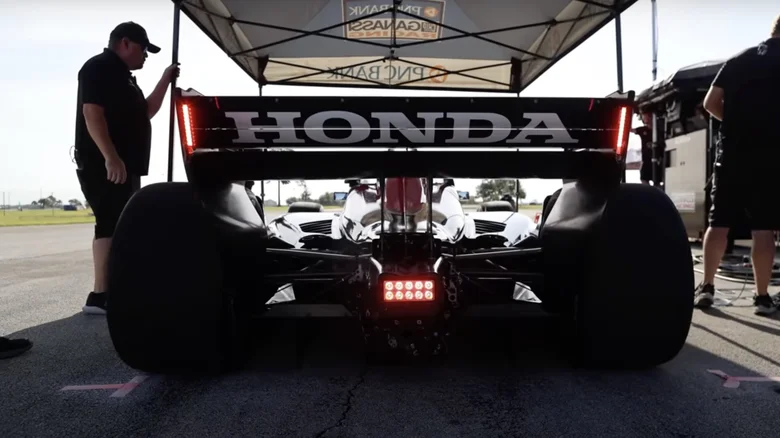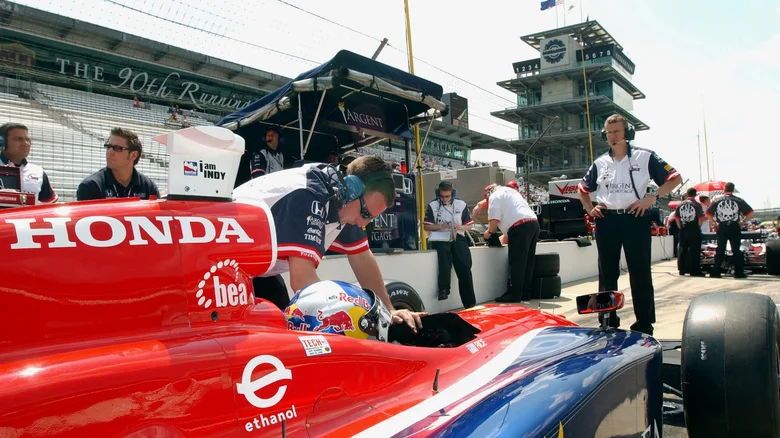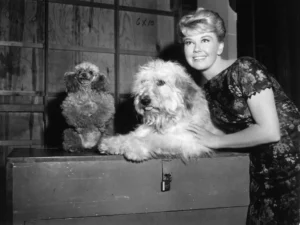
The Indianapolis 500, the series’ most infamous race, is the source of the series’ moniker. The history of the series itself, however, is a little patchy and involves a contentious split between the CART series and the Indy Racing League in the late 1990s. When the two series united in 2008, NASCAR was the more well-known racing circuit in North America than IndyCar.
With the captivating Spaniard Alex Palou winning two of the previous three driver’s championships and Marcus Ericsson emerging victorious in a thrilling Indy 500 in 2022, IndyCar racing has seen a renaissance in more recent years. Presently, engines for NASCAR are produced by Ford, Chevrolet, and Toyota; however, only engines from Chevrolet and Honda are used by the ten IndyCar teams that will race in 2024.
This year, the 15 drivers competing for Andretti Global, Meyer Shank, Rahal Letterman Lanigan, Dayle Coyne, and Chip Ganassi Racing will be powered by Honda engines, while the 12 drivers competing for Team Penske, Arrow McLaren, Ed Carpenter Racing, AJ Foyt Racing, and Juncos Hollinger Racing will use Chevrolet engines.

Although Honda has been providing engines for Indianapolis 500 vehicles since 1994, both Honda and Chevrolet have been hard at work developing the new 2.4-liter hybrid V6 engine that was first suggested in 2019. The new engine was supposed to be ready for competition in 2022 when that announcement was made, but Ericsson’s 2022 Indianapolis 500 victory was propelled by the same twin-turbo 2.2-liter V6 that had been in use since 2012.
The introduction of the new engine was postponed until the beginning of the 2024 season, IndyCar revealed in December of that year. But in a news statement issued on December 7, 2024, IndyCar stated that the new hybrid engine would debut “during the second half of the 2024 IndyCar Series season.”
Testing began last fall and extended into this year at a number of venues, including the road course and oval at Indianapolis Motor Speedway. The delays were first attributed to COVID-related supply chain problems, but later problems were attributed to Mahle, the manufacturer of the new engine’s hybrid power unit, according to an Indianapolis Star report. While Honda and Chevrolet struggled to catch up, their focus was drawn to producing more electric cars for consumers who weren’t racing, which caused more delays.

IndyCar President Jay Frye expressed gratitude for the series’ partners despite the difficulties in bringing the new engine to the racetrack. In December of last year, he declared, “The partnership between Chevrolet and Honda has been phenomenal.” “The IndyCar-specific hybrid power unit is dynamic and an engineering marvel and we’re completely committed to its successful introduction next season.”
While the Energy Recovery System and Energy Storage System (ERS and ESS) will be brand-new, the core Motor Generator Unit (MGU) from the previous specification engine will be retained. It is anticipated that the hybrid components will increase the engine’s output by roughly 100 horsepower, bringing the total to nearly 900 horsepower.
The Honda High Performance Development (HPD) team raced a specially modified CR-V at six IndyCar races last year, including the season opener in St. Petersburg, Florida, using some of the parts it was developing for its new IndyCar engine.
David Salters, president of HPD and technical director, exalted the work of his division in a news statement. “This project vehicle is an IndyCar ‘beast’ in Honda CR-V ‘sheep’s clothing,” he stated. “The CR-V Hybrid Racer is our ‘rolling electrified laboratory’, to investigate where the talented men and women of HPD and Honda could go with electrification, hybrid technology and 100% renewable fuels.”





